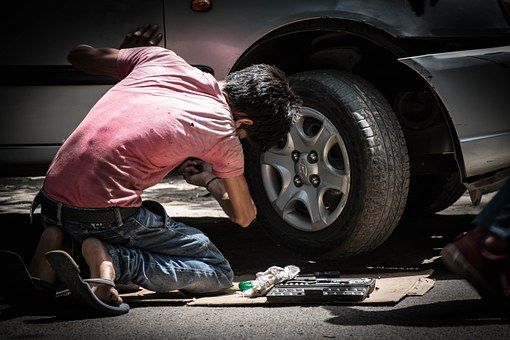Child Labor: A Hazardous Phenomenon
May 28, 2019 • 69 views
India is sadly the home to the largest number of child labourers in the world. Child labour is the practice of having children engage in economic activity. Children are considered to be gift of god they must be nurtured with love and affection with their family and society. But due to socio economic problems children are forced by their families to do work such as beedi-rolling, brick kilns, carpet weaving, commercial sexual exploitation, construction, fireworks and matches factories, hotels, hybrid cottonseed production, leather, mines, quarries, silk, synthetic gems, etc. In order to eliminate child labour, first there is a need to solve the socio-economic issues. Child labour is work which deprives children, who are below 14 years of age, of their childhood, their potential and their dignity, and which is harmful to physical and mental development. It refers towork that:
is mentally, physically, socially or morally dangerous and harmful to children; and
interferes with their schoolingby:depriving them of the opportunity to attend school;obliging them to leave school prematurely; orrequiring them to attempt to combine school attendance with excessively long and heavy work.

Not all work done by children should be classified as child labour. Participation in work that does not affect their health and personal development or interfere with their schooling, cannot be regarded as child labour. This includes activities such as helping their parents around the home, assisting in a family business or earning pocket money outside school hours and during school holidays. These kinds of activities contribute to children’s development, they provide them with skills and experience, and help to prepare them to be productive members of society during their adult life. There is no rigid formula which can be used to classify whether or not a particular form of work can be called child labour, it depends on various factors like the age of the child, type and hours of work, the conditions in which the child is working.
Poverty and lack of social security are the main causes of child labour. Poverty stricken families in order to add in their income, force their children to work as labourers in mining industries etc, which is harmful for the health and development of children. Parents instead of sending their children to school ask them to help to earn livelihood. Employers employ children as labourers because they can reduce their wage rates, which benefits them. The age in which children should have books in their hands carry tools, they are forced to work in hazardous conditions, while other children of their age are studying or having fun. There are various laws like Child Labour Act, 1986 and National Child Labour Project that are made for the protection of children but laws if not implemented properly will not serve any purpose. Actual number of child labourers goes undetected due to inefficiency of law.
The poor economic conditions of people in India force them to borrow money. They seek debt and later find it difficult to pay and as a result they are made to work under money lender, they even drag their children. In some industries , like bangle industries, delicacy is required to do very minute work with extreme excellence, so they hire children without even considering the harmful effects.
There are certain rights given to children under constitution of India and provides certain provisions to prohibit child labour but the current scenario is very different. In India 33 million children employed in various forms of child labour.
Article 2 of the Minimum age (industry) convention of the ILO, 1919 which has been ratified by India does not allow children under 14 to be employed in any public or private industrial undertaking, does not even apply for India.
The government last year amended child labour laws to allow children below 14 to work in family businesses and the entertainment industry (excluding circuses ) in order to create" a balance between the need for education for a child and reality of the socio economic condition and social fabric of the country".
Not only that amendment also modified the definition of adolescents- to children between 14 and 18 years of age and barred them from working in any hazardous industries only.
The children are the future of India but they do not have the privilege of going to school and being able to go to a house at the end of the day. The child labour is prevalent at a large scale in the country. The administrative authorities, parents, educationalist, police officials and employers of public authority is responsible.There is lack of implementations of child laws. Laws remain merely on the paper which serves no purpose and due to which the children have to face a lot.
The government should take necessary steps to eradicate poverty by providing employment to the parents of the children who are forced to work as child labour. Steps should be taken to educate the children. The government should allocate the necessary funds to educate and nurture the poor children. The violators of child labour laws should be punished accordingly.
“If we can’t begin to agree on fundamentals, such as the elimination of the most abusive forms of child labour, then we really are not ready to march forward into the future”.-ALEXIS HERMAN
